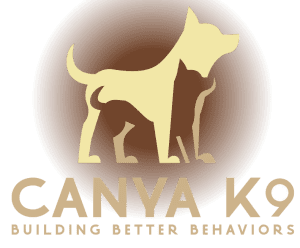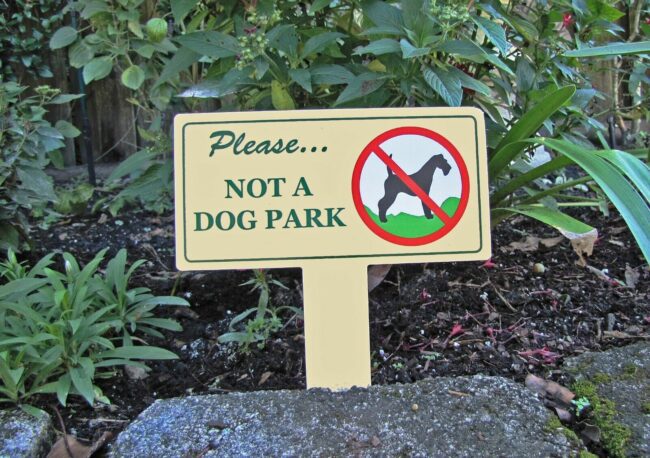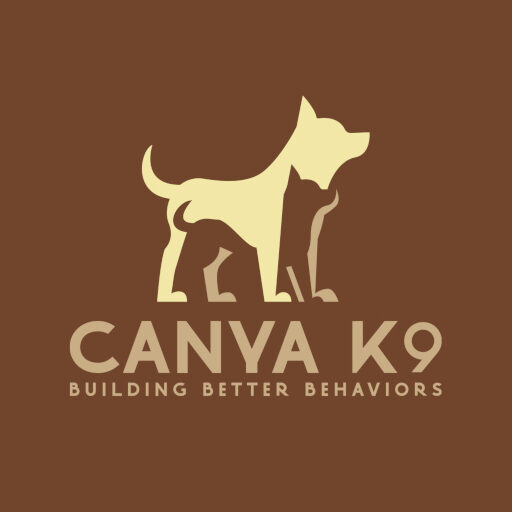How classical conditioning will enhance your dog training: Part 1
I am going to briefly discuss the two modules that explain how your pup learns. The funny part is that it’s also ways humans learn.
First, let’s discuss classical conditioning. The definition states it “an automatic conditioned response is paired with a specific, neutral stimulus”. This type of learning happens unconsciously. Simply put, one thing that initially meant nothing to you, has now been paired with another specific thing that now predicts or is paired with the original meaning-less thing. Makes sense? If not, let’s discuss it more. There is a famous experiment conducted by Russian-Soviet experimenter and neurologist Ivan Pavlov that showcases this theory. If you’d like to take a deep dive into classical conditioning, I highly recommend starting with his experiment. It essentially pairs the sound of a tiny bell to a dog salivating. Pavlov conducted many repetitions of ringing a bell and then feeding a dog. Eventually, the dog was salivating when he heard the bell versus when he received his food. So, pairing a neutral stimulus (the bell) to an unconditioned response (the salivation).
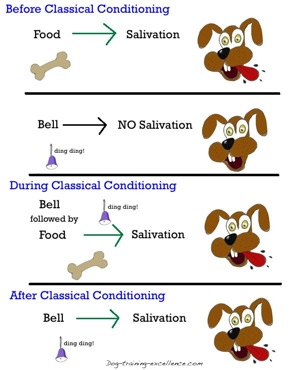
This type of learning is happening all the time with your pup, and usually without you even being aware it’s happening. A very simple example is when a pup has paired you putting on you running shoes with going outside. Initially you donning your black Nikes meant nothing to your dog, but after many repetitions of you putting on those shoes and your dog getting to join you on you run, your dog has now paired the Nikes (neutral stimulus) to going outside which evokes excitement (unconditioned response).
Be aware that classical conditioned can have positive and negative effects. This is the same type of learning that can cause a dog to be fearful of vets or a specific gender of people. But it’s also a great method to use to our advantage. We can manipulate the way our dog is feeling based on what happens before, during, or after a specific event. If you have a reward marker for your dog, you are using classical conditioning. We are teaching the dog that the clicker or verbal “yes” predicts a reward (ie food or toy). If a dog is truly conditioned to your reward marker, you’ll notice that your dog seems to have an instinctual reaction to hearing it and ideally will come to you for their reward without any other ques from you.
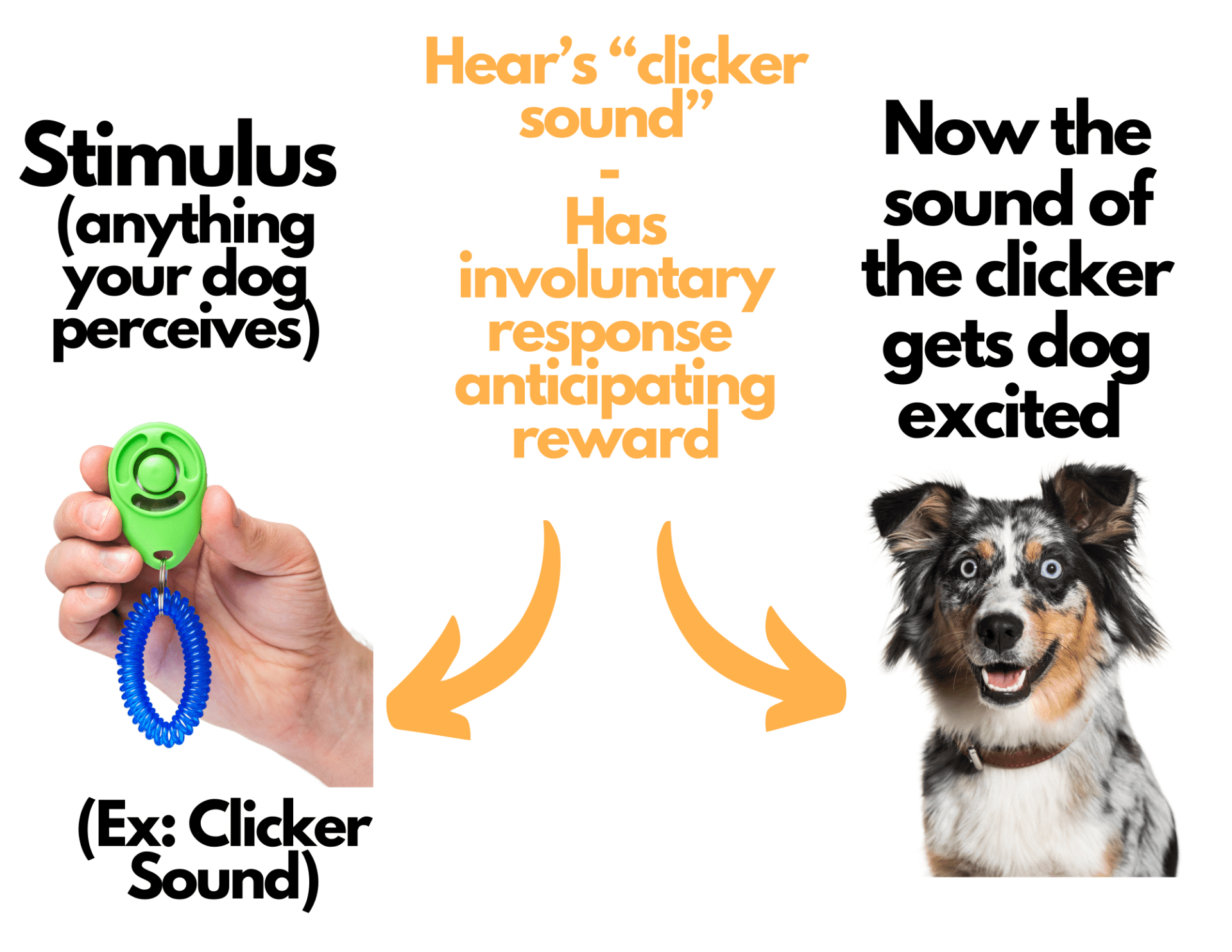

Stay tuned for part two where we’ll discuss operant conditioning!
Remember, anything is paw-sible.


Join Our Newsletter
Stay informed on the latest information.


